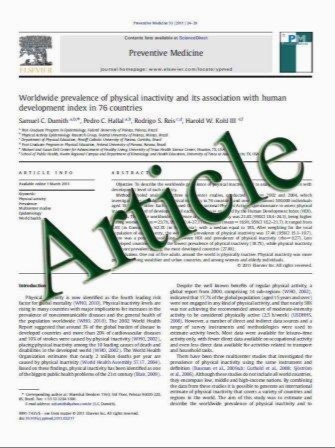Drug-induced sleep endoscopy: conventional versus target controlled infusion techniques—a randomized controlled study
- نوع فایل : کتاب
- زبان : انگلیسی
- مؤلف : Andrea De Vito Vanni Agnoletti Stefano Berrettini Emanuele Piraccini Armando Criscuolo Ruggero Corso Aldo Campanini Giorgio Gambale Cl
- چاپ و سال / کشور: 2011
Description
Understanding the sites of pharyngeal collapse is mandatory for surgical treatment decision-making in obstructive sleep-apnea-hypopnea syndrome patients. Drug-induced sleep endoscopy (DISE) allows for the direct observation of the upper airway during sedative-induced sleep. In order to re-create snoring and apnea patterns related to a spontaneous sleep situation, the authors used a target-controlled infusion (TCI) sleep endoscopy (DISETCI), comparing this technique to conventional DISE, in which sedation was reached by a manual bolus injection. The authors conducted a prospective, randomized, unicenter study. The apneic event observation and its correlation with pharyngeal collapse patterns is the primary endpoint; secondary endpoints are defined as stability and safety of sedation plans of DISE-TCI technique. From January 2009 to June 2009, 40 OSAHS patients were included in the study and randomized allocated in two groups: the bolus injection conventional DISE group and the DISE-TCI group. We recorded the complete apnea event at the oropharynx and hypopharynx levels in 4 patients of the conventional DISE group (20%) and in 17 patients of the DISE-TCI group (85%) (P\0.0001). Two patients needed oxygen in the conventional DISE group because of severe desaturation that resulted from the first bolus of propofol (1 mg/kg) (P = 0.4872 ns). We recorded the instability of the sedation plan in 13 patients from the conventional DISE group (65%) and 1 patient from the DISE-TCI group (5%) (P = 0.0001). Our results suggest that the DISE-TCI technique should be the first choice in performing sleep endoscopy because of its increased accuracy, stability and safety.
Eur Arch Otorhinolaryngol (2011) 268:457–462, Received: 14 July 2010 / Accepted: 20 August 2010 / Published online: 2 September 2010 Springer-Verlag 2010


